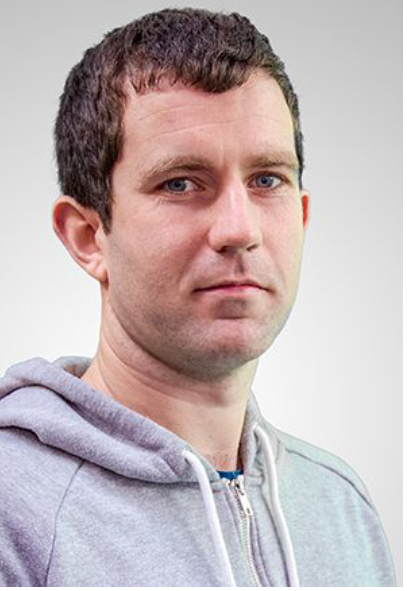Shane Cranny
 Signpost Beef Farmer
Signpost Beef Farmer
I’m farming 40ha of grassland just outside Myshall, Co. Carlow, where I’m carry a calf-to-beef enterprise and a suckler herd.
As I run an autumn-calf system, calf rearing is in full swing on the farm, with 80 calves purchased so far and currently being reared on milk replacer and concentrates. The plan is have all these animals weaned by Christmas and out grazing by day in early February.
A dry August and September really made it challenging to build grass covers here, with growth rates hovering in line with demand. To counteract this, I made the decision to house the 2020-born autumn steers early to try and extend the grazing season for the 2021-born yearlings. These animals were moved to a silage and concentrate diet and I hope to draft the last of these over the next week or two.
Looking back, this was definitely the right call, as the yearlings will get another three/four weeks at grass now before housing if ground conditions hold favourable. I’m also on track with my autumn rotation planner, with 55% of the farm now closed to provide grass for next spring.
The last paddocks to be closed on the farm this year will be some of the reseeded paddocks from earlier this summer. The reasoning behind closing these paddocks last is to provide the clover with light over the winter period to encourage it to persist in the sward.
Although these paddocks did receive a clover-safe, post-emergence spray, the population of docks still present is slightly higher than I would like. I will make a judgement call on it next spring to see whether spot spraying will be sufficient to control these weeds or if another application of a non-clover safe spray is required to solve the problem in one or two of the paddocks. If the latter option is chosen, I will stitch back in clover at the first opportunity.
In terms of animal husbandry, a round of faecal sampling has just been completed and I am awaiting the results before I decide on the dosing strategy to use. All of the animals will also be weighed when entering the shed at housing to not only evaluate their performance over the grazing season but to examine the levels of weight gain achieved when they are turned out to grass next spring. The target is to achieve a daily weight gain of 0.6kg/head/day during the indoor period. To achieve this, silage testing will be completed and the level of concentrate supplementation will be based on the quality of silage available.
Soil sampling, completed three years ago, identified that 27% of the grazing area did not meet the target pH of >6.2. On the basis of this information, I applied 48t of lime to try and improve soil fertility. Compound fertilisers – such as 18-6-12 and 10-10-20 were also targeted at paddocks on the lower side of the phosphorous and potassium indexes.
Another round of soil sampling will be completed over the coming weeks and it will be interesting to see what impact the lime applied has made in terms of raising the pH.
